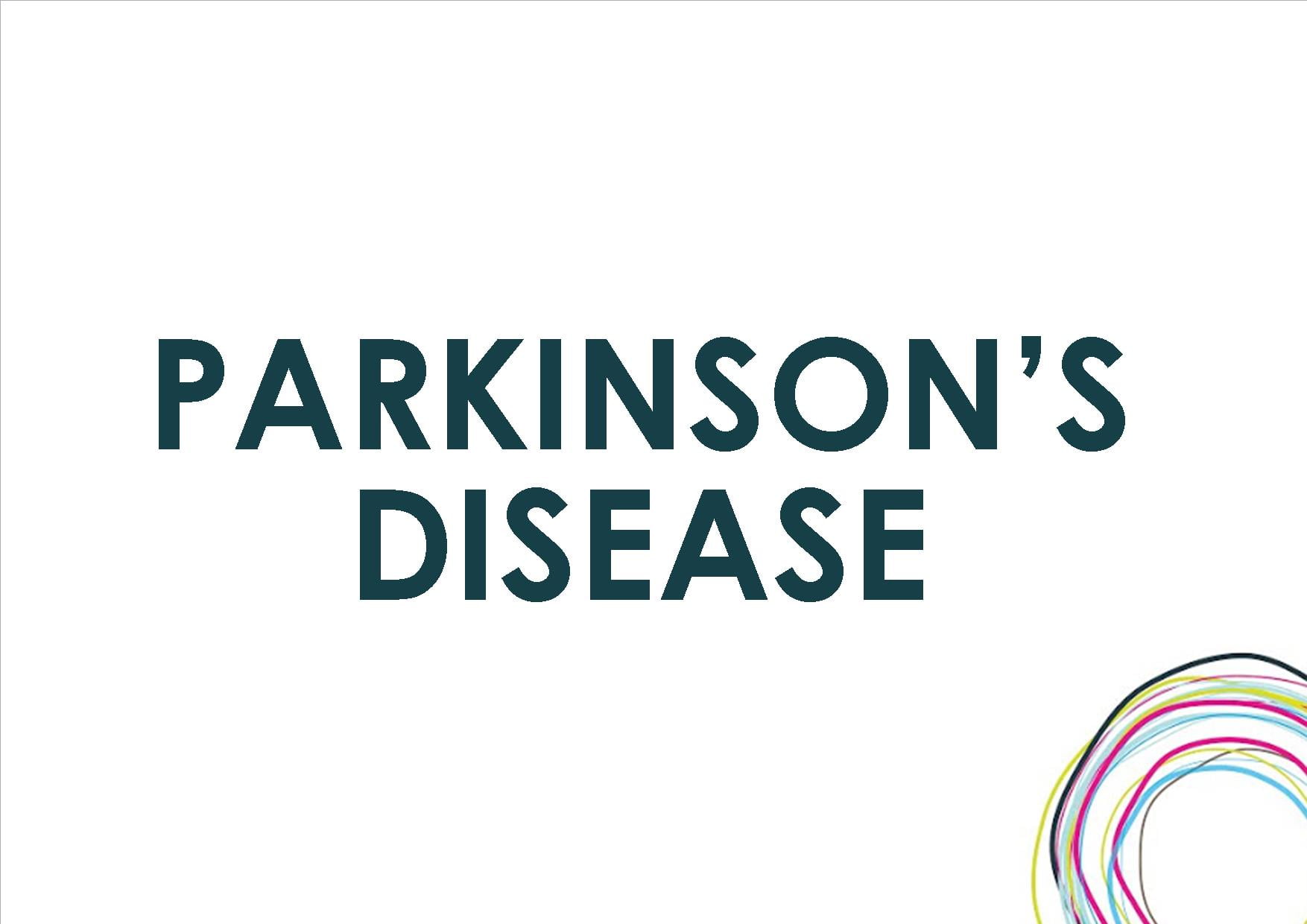Researchers have identified two groups of neurons that can be turned on and off to alleviate the movement-related symptoms of Parkinson’s disease. The activation of these cells in the basal ganglia relieves symptoms much longer than current therapies, like deep brain stimulation and pharmaceuticals.
The study was published in the journal Nature Neuroscience.
The study used optogenetics in a mouse model of Parkinson’s to better understand the neural circuitry involved in Parkinson’s disease, and could provide the basis for new experimental treatment protocols.
Parkinson’s disease is caused when the dopamine neurons that feed into the brain’s basal ganglia die and cause the basal ganglia to stop working, preventing the body from initiating voluntary movement.
The basal ganglia is the main clinical target for treating Parkinson’s disease, but currently used therapies do not offer long-term solutions.
To better understand how the neurons in the basal ganglia behave in Parkinson’s, the researchers looked at the inner circuitry of the basal ganglia. They chose to study one of the structures that makes up that region of the brain, a nucleus called the external globus pallidus (GPe). The GPe is known to contribute to suppressing motor pathways in the basal ganglia, but little is known about the individual types of neurons present in the GPe, their role in Parkinson’s disease or their therapeutic potential.
The research group used optogenetics, a technique that turns genetically tagged cells on and off with light. They targeted two cell types in a mouse model for Parkinson’s disease: PV-GPe neurons and Lhx6-GPe neurons. They found that by elevating the activity of PV-GPe neurons over the activity of the Lhx6-GPe neurons, they were able to stop aberrant neuronal behavior in the basal ganglia and restore movement in the mouse model for at least four hours — significantly longer than current treatments.
While optogenetics is used only in animal models, the researchers say their findings could lead to a new, more effective deep brain stimulation protocol.
Paper: “Cell-specific pallidal intervention induces long-lasting motor recovery in dopamine-depleted mice”
Reprinted from materials provided by Carnegie Mellon University.

